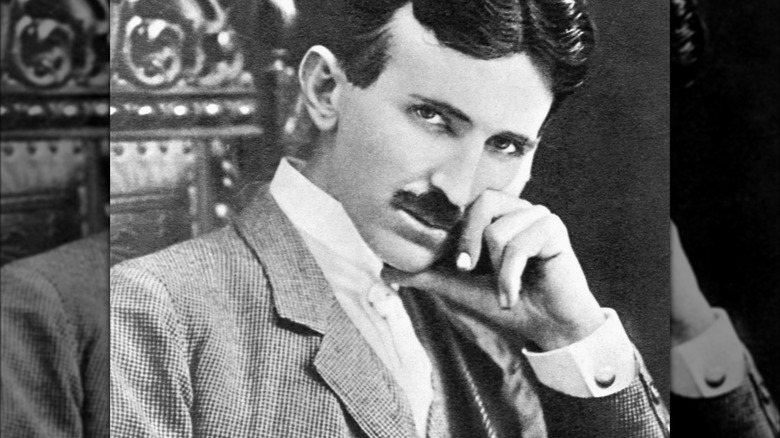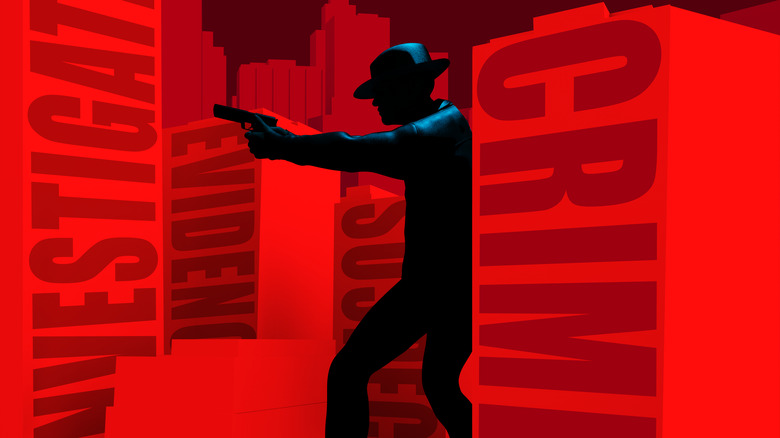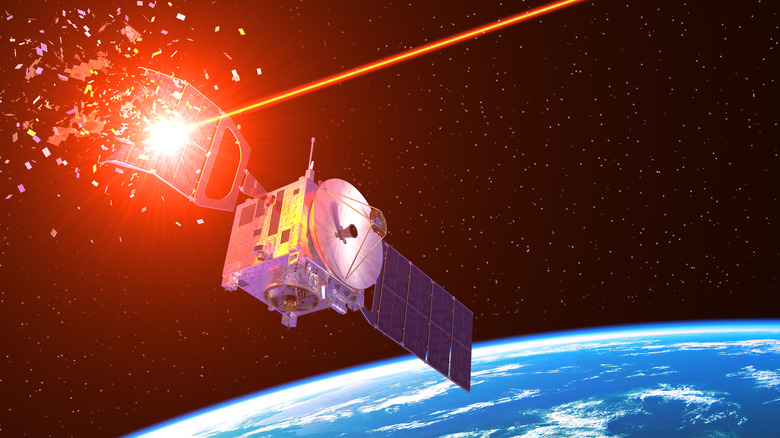The Mysterious Story Behind Tesla's Lost 'Death Ray' Particle Beam Weapon
Sometimes life can be stranger than fiction, and the tale of Nikola Tesla's supposed death ray is one of those instances. Let's begin at the end ... with Tesla's death. On Jan. 7, 1943, the famous Serbian inventor and engineer – best known for his work with electricity – died impoverished in room #3327 on the 33rd floor of the New Yorker Hotel. He was 86 years old.
Tesla was eccentric. Some might even call him a mad scientist. The truth is, he was afflicted with obsessive-compulsive disorder (OCD) that caused him to fixate on things in threes. He was also oddly infatuated with a particular pigeon that he claims routinely visited him, so much so that he admitted to loving it "as a man loves a woman, and she loved me."
Since 1915, the public knew Tesla was working on something he called a "teleforce weapon" that could shoot down airplanes from 250 miles away. The device could allegedly unleash a 270,000 mph, 100 billion-watt beam of destruction, a hundred-millionth of a square centimeter in size. The press called it a "death ray" casting out "bolts of Thor," but if your 21st-century mind conjures up something like lasers or particle beams — you'd be right.
Not long before his death, Tesla announced that he had finally "perfected" the weapon. Remember, it was 1943, and the world was wrapped in the fog of war. The Battle of Stalingrad was still raging, and the Nazis were knocking on the door of world domination.
A story so crazy Hollywood wouldn't believe it
A "death ray" might have been what an army needed to tip the balance of power. Except, Tesla never produced any evidence proving this weapon actually existed. Sounds like fodder for an Indiana Jones movie, right? Ironically, what happens next plays out exactly like a spine-tingling thriller.
The morning after the maid found the inventor's body (clad only with socks on his feet), Tesla's nephew Sava Kosanović arrived to inspect his uncle's room. Alas, not only had his remains been removed, some of his personal effects were also missing, including technical papers and a personal notebook said to include hundreds of pages, many of which were tagged as sensitive "government" work.
Kosanović found a locked safe while rummaging through his uncle's effects. He promptly called in a locksmith, who got it open but found nothing of real value ... or so he told authorities. And here's another plot twist: Kosanović was the Yugoslavian ambassador to the United States, who the FBI believed had ties to the communist party. Worried that Kosanović was a spy and stole Tesla's papers, the FBI considered arresting him for burglary but never did.
Agents from another government organization called the Office of Alien Property (OAP) suddenly showed up and seized all of Tesla's personal effects. During World War II, the OAP was tasked with taking property owned by foreigners and disposing of it. In actuality, this kept the seized items out of the hands of perceived enemies.
Tesla was a genius and a promotional wiz
However, Tesla had become a naturalized U.S. citizen in 1891 and didn't fall under OAP's jurisdiction, so the asset seizure was illegal. That was irrelevant to the U.S. government because they figured that if Tesla really did create a "death ray," they need it before the enemy got hold of it.
Then, more strangeness. The OAP called in someone from the National Defense Research Committee of the Office of Scientific Research and Development to look at the confiscated documents. The electrical engineer sent was Dr. John G. Trump, uncle to former President Donald Trump.
After three days, Trump concluded that most of Tesla's writings were "speculative, philosophical, and somewhat promotional" and "did not include new, sound, workable principles or methods" that could become anything worthwhile. Everyone was pleased to hear this, but the fact remained that the technical papers and notebook Kosanović initially claimed were missing ... were still missing. And just when you think things couldn't get any weirder, they do.
The New Yorker wasn't the only hotel Tesla had lived in. After inevitably getting evicted for not paying the bills at one place, he would move to another. Rinse, and repeat. One of those hotels (just a few blocks from the New Yorker) reached out and said they had a package wrapped in brown paper sitting in their vault and claimed it belonged to Tesla.
Fire the laser! Or not
Just as authorities were about to open the package, the hotel manager handed them a note written by Tesla stating that it was a prototype of his "death ray" worth $10,000, and if opened the wrong way, it would explode. Undeterred, they opened it only to find a device known as a Wheatstone bridge which measures static (electrical resistance). It was a standard tool Tesla likely used often in his work.
From there, copies of Tesla's documents went to Patterson Air Force Base in Dayton, Ohio. They were used in a top-secret military operation code-named "Project Nick" to build real particle beam weapons. No details were ever released, and it eventually faded into obscurity. In another twist, those copies seemingly vanished without a trace, and no knows where they went.
In 1952, Sava Kosanović finally got the court to hand over his uncle's original papers and promptly sent them to a museum built to honor Tesla in Belgrade, Yugoslavia. As a result, the Soviets gained access to Tesla's data. This did nothing to help ease tensions during the Cold Warm, especially when Soviet Premier Nikita Khrushchev proclaimed in 1960 that, "a new and fantastic weapon was in the hatching stage."
The Cold War between the U.S. and Soviet Union lasted decades, but there are still no lasers shooting things out of the sky (yet). So it's pretty safe to assume that Tesla's "death ray" was indeed simply a flight of fancy.



